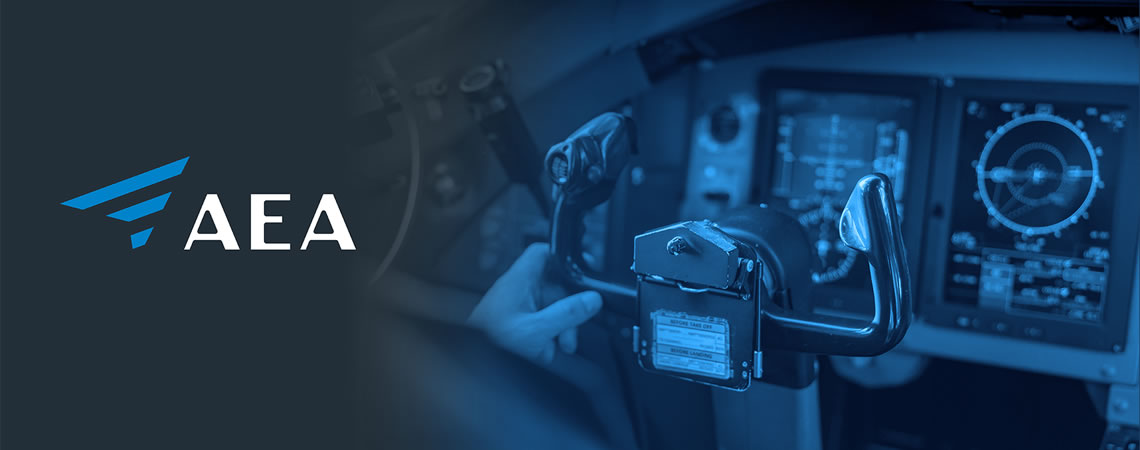SUMMARY:
You may have heard the news or read various articles about a “new” legal interpretation about the supervision of individuals. It is colloquially called the Moss interpretation because it was in response to a question from Jonathon Moss, the manager of the Little Rock Flight Standards Office.
The fundamental question asked was whether the phrase “in person” under 14 CFR § 43.3(d) allowed for remote supervision through Zoom, FaceTime, live feed TV, photographs, downloadable video, or other electronic means.
In answering the question, the FAA legal office went to great extent to define and describe the phrase “in person.”
There are a few elements of this discussion that need to be clarified.
First, the articles and discussions are centered on Part 65 maintenance, that is a certificated mechanic supervising a noncertificated person (apprentice, owner/operator, enthusiast). The articles I have read do not discuss repair stations (Part 145).
Second, the repair station is the entity performing maintenance and is regulatorily authorized to utilize “noncertificated persons” for the performance of maintenance: There are only two technical assignments that require a certificated person in a repair station (supervisor and return to service personnel). This topic on workforce development highlighting the personnel advantage of repair stations has been discussed at the 2024 AEA Convention and throughout the AEA Regionals as well as the pages of Avionics News.
The repair station quality system has your procedures for qualifying and surveilling noncertificated persons who perform maintenance, preventative maintenance, or alterations for the repair station (§ 145.211 (c)(1)(vi)). The regulations already require the repair station to determine the abilities of its noncertificated employees performing maintenance functions based on training, knowledge, experience, or practical tests. (§ 145.151 (d)) as well as requiring that supervisors must oversee the work performed by any individuals who are unfamiliar with the methods, techniques, practices, aids, equipment, and tools used to perform the work of the repair station (§ 145.153 (a)).
Third, this is a moving target. As you can imagine, the AEA is active in getting clarity on this topic and is working with industry and the FAA to assure clarity. As we move forward, the repair station’s responsibility is to follow their quality system; there is no need to make any immediate changes to your processes.
This topic will be discussed at the upcoming AEA Regionals.
FOR MORE INFORMATION:
Contact Ric Peri, AEA vice president of government and industry affairs, by email at ricp@aea.net or by phone at 202-589-1144.

